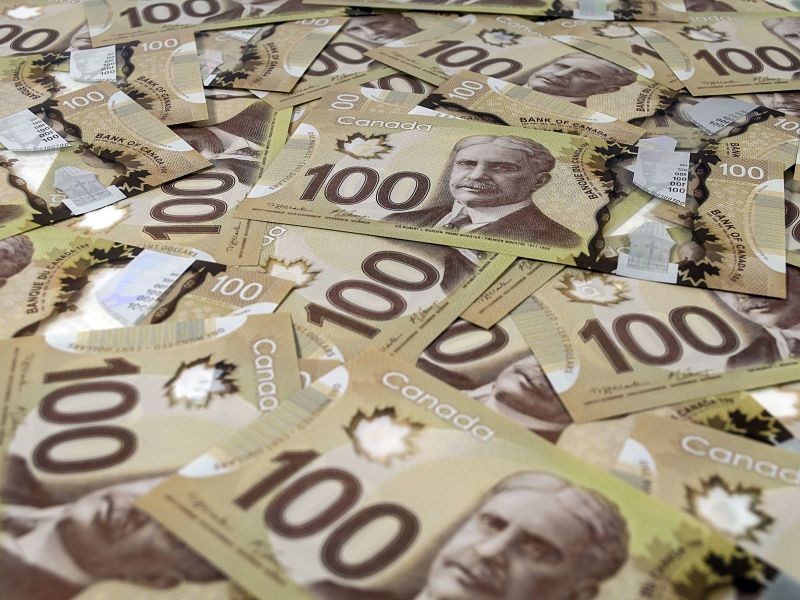
With the Bank of Canada’s overnight rate as low as it can go, monetary policy is likely too tight for the prevailing economic conditions and the central bank will need unconventional policy tools to navigate the crisis, says the C.D. Howe Institute.
The Toronto-based think tank provided its first annual assessment of the central bank’s policy performance, defined as the bank’s success at meeting its inflation target over its planning horizon (six to eight quarters).
For the past couple of years, the bank has been more or less on target, C.D. Howe said in a report.
“Headline inflation in both 2018 and 2019 was very close to the bank’s 2% target despite volatile conditions in the world economy,” the report said.
However, that impressive performance is now under threat due to the economic turmoil caused by the Covid-19 pandemic.
In response to the crisis, the central bank slashed its overnight rate to 0.25%, and even that is likely too high, the report suggested: “the overnight rate by itself almost certainly indicates that the bank’s policy as of the end of 2020 was too tight.”
The report added: “With the overnight rate at its effective lower bound, unconventional tools, such as forward guidance and quantitative easing, will be vital in fighting the current crisis.”
In turn, evaluating the bank’s performance at the end of 2021 will also rely on assessing its use of these unconventional tools, C.D. Howe said.